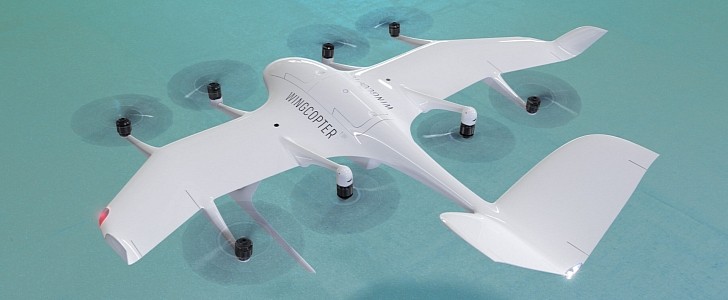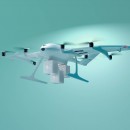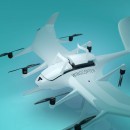German drone manufacturer Wingcopter is constantly working on spreading its wings all across the globe, striving to make its delivery UAV (unmanned aerial vehicle) known everywhere from the Peruvian Andes to Japan. Now the company marks another important milestone in its process of certifying its drone in the U.S.
Wingcopter recently announced that the FAA (Federal Aviation Administration) has issued the Special Class Airworthiness Criteria for its eVTOL (electric take-off and landing) aircraft, which is an important step in the certification process of any such unmanned aircraft. It is the document through which the FAA defines the technological requirements that have to be met to have an aircraft-type certified for regular commercial operations in the U.S.
The German company applied for the Special Class Type Certificate in 2020 and its recent issuance allows it to focus on FAA’s requirements to receive certification as quickly as possible. Once that happens, Wingcopter’s eVTOL will be able to fly conventional routes even over populated areas in the United States. At the same time, the certification will help Wingcopter gain an even better reputation and will support its certification efforts in other areas as well, such as Japan or Brazil.
Wingcopter 198, which is the company’s flagship delivery drone, is an autonomous aircraft with a triple-drop system, which allows it to make three separate deliveries to multiple locations, all on a single charge. The drone uses the manufacturer’s patented tilt-rotor that makes it possible for it to take off and land vertically, eliminating the need for additional structure.
With a wingspan of 78” (198 cm), the drone can fly at altitudes of 16,400 ft (5,000 m). It can hit a top speed of 90 mph (144 kph) and its range depends on the payload it has to carry. With small loads of up to 2.2 lb (1 kg), it can fly for 60 miles (95 km) per charge, while a larger payload of 11 lb (5 kg) will keep it in the air for up to 46 miles (75 km).
The German company applied for the Special Class Type Certificate in 2020 and its recent issuance allows it to focus on FAA’s requirements to receive certification as quickly as possible. Once that happens, Wingcopter’s eVTOL will be able to fly conventional routes even over populated areas in the United States. At the same time, the certification will help Wingcopter gain an even better reputation and will support its certification efforts in other areas as well, such as Japan or Brazil.
Wingcopter 198, which is the company’s flagship delivery drone, is an autonomous aircraft with a triple-drop system, which allows it to make three separate deliveries to multiple locations, all on a single charge. The drone uses the manufacturer’s patented tilt-rotor that makes it possible for it to take off and land vertically, eliminating the need for additional structure.
With a wingspan of 78” (198 cm), the drone can fly at altitudes of 16,400 ft (5,000 m). It can hit a top speed of 90 mph (144 kph) and its range depends on the payload it has to carry. With small loads of up to 2.2 lb (1 kg), it can fly for 60 miles (95 km) per charge, while a larger payload of 11 lb (5 kg) will keep it in the air for up to 46 miles (75 km).






